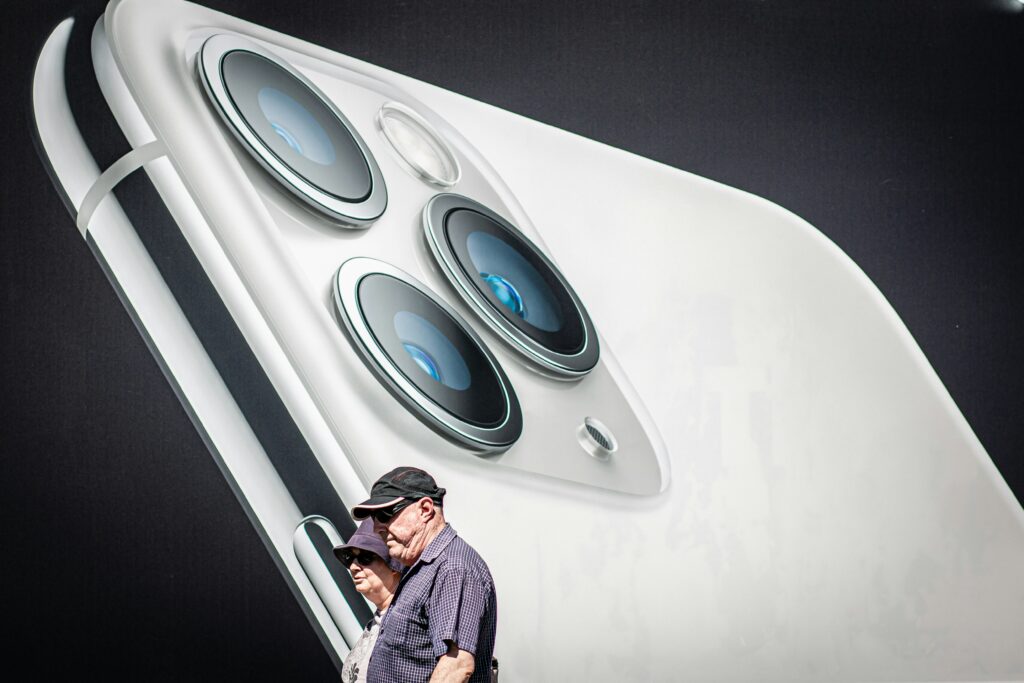The highly anticipated Apple Vision Pro has officially launched, ushering in a new era of spatial computing. This groundbreaking device blends digital content with the physical world, promising to redefine how we interact with technology, work, and entertain ourselves. With its advanced hardware and intuitive visionOS, the Vision Pro is not just a gadget; it’s a bold statement on the future direction of immersive experiences, sparking immense interest across the tech landscape.
A Revolutionary Device Takes Center Stage
On February 2, 2024, Apple officially released the Vision Pro in the U.S., marking a pivotal moment for wearable technology. Priced at $3,499, this innovative headset boasts an array of cutting-edge features designed to deliver an unparalleled spatial experience. At its core are two micro-OLED displays, each offering more pixels than a 4K TV for each eye, producing breathtaking visual clarity. Powering this visual marvel are Apple’s M2 and R1 chips, working in tandem to process visuals in real-time with virtually no latency.
The device’s intuitive interface stands out, allowing users to navigate and interact with apps using subtle eye movements, hand gestures, and voice commands. Its unique EyeSight feature displays a digital representation of the user’s eyes to external observers, fostering a sense of connection even while immersed. This meticulous engineering reflects Apple’s commitment to creating a seamless blend between the digital and physical, setting a new benchmark for mixed reality devices.
Early Impressions and Industry Buzz
Initial reviews and user feedback have largely lauded the Vision Pro for its stunning display quality and truly immersive experience. Many early adopters describe the sensation of digital content floating seamlessly within their physical environment as a “magical” transformation. Apple’s CEO, Tim Cook, has consistently emphasized spatial computing as the “next big thing,” positioning the Vision Pro not merely as an augmented or virtual reality headset, but as a revolutionary new platform poised to replace traditional screens.
However, the device hasn’t been without its critiques. Its premium price point and relatively heavy design have been noted by many, along with a limited battery life when untethered. Despite these initial observations, industry analysts remain optimistic about its long-term potential, particularly in enterprise applications where high-fidelity spatial interactions could unlock new levels of productivity and collaboration. The sheer ambition behind the Vision Pro has ignited conversations across the tech community about the practical applications and future evolution of such advanced wearable tech.
Reshaping Work, Entertainment, and Connection
The Apple Vision Pro opens up unprecedented possibilities across various facets of daily life. For productivity, it transforms any space into a multi-window workstation, allowing users to arrange multiple apps and virtual monitors wherever they look. This could revolutionize remote work and creative workflows. In entertainment, the device offers “Apple Immersive Video” — 180-degree, 8K 3D recordings that place viewers directly into the action, from sports events to cinematic experiences. Gaming, too, finds a new dimension, blending virtual elements into the player’s real surroundings.
Communication also receives a significant upgrade. The innovative “Persona” feature creates a lifelike digital representation of the user for FaceTime calls, making virtual interactions feel more personal and engaging. Furthermore, the burgeoning developer ecosystem for visionOS is already showcasing a wide array of new applications and experiences, promising to expand the device’s utility rapidly. For more on how these devices are changing the landscape, consider exploring the evolution of AR/VR headsets and their impact.
The Road Ahead for Spatial Computing
Looking to the future, the Apple Vision Pro is just the first step in what promises to be a long and exciting journey for spatial computing. Predictions include future iterations that are lighter, more affordable, and boast extended battery life, along with broader global availability beyond the initial U.S. launch. Experts anticipate that as visionOS matures and the developer community expands, the practical applications will become even more diverse and integrated into everyday life.
While competitors like Meta continue to push their own VR/AR initiatives, Apple’s distinct approach with Vision Pro emphasizes a seamless integration with reality rather than full immersion, potentially appealing to a different segment of the market. Challenges remain, particularly in overcoming the initial barriers of price and user comfort for mainstream adoption. However, the foundational technology and user experience laid by the Vision Pro suggest a transformative impact on how we perceive and interact with digital information. For deeper insights into its initial reception, check out The Verge’s comprehensive review.
A Glimpse into Tomorrow
The Apple Vision Pro is more than just another gadget; it’s a bold, albeit expensive, vision for the future of personal technology. Its launch has unequivocally cemented spatial computing as a critical area of innovation, inviting developers, creators, and users alike to imagine and build in a new dimension. As the technology evolves, we can expect the lines between our digital and physical worlds to blur even further, catalyzed by devices like the Vision Pro.

